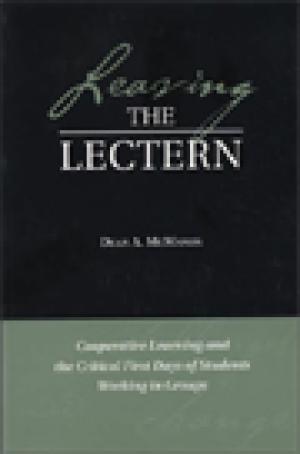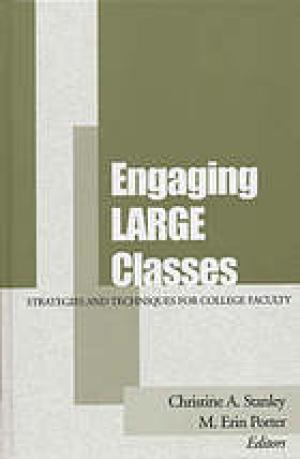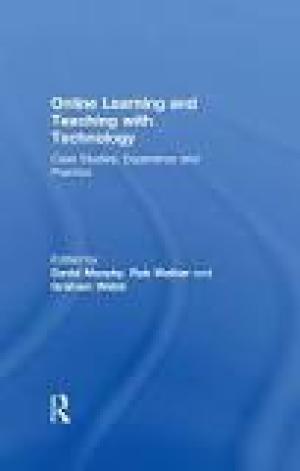Resources
American colleges and universities have invested millions of dollars in equipment and "smart classrooms," but the jury is still out on whether computers have led to a revolutionary improvement in the quality of teaching. Professors are finding new ways to lecture, to run lab sessions, and to interact with students, however. The Chronicle dispatched reporters to classrooms across the country to find some of the most promising or unusual methods of teaching with technology. Some of the courses involve teams of professors and designers, as well as serious investments of time and money, while others are techniques that individual professors have developed using tools that are common on most campuses. No matter how much support they have, the professors have hit their share of roadblocks. But these wired teachers say students are responding positively as class sessions become more interactive. (From the Publisher)

This book records the story of how one professor at a research university used a form of active learning to change the way he taught— from traditional lecture and examinations to cooperative learning and student projects. Drawn from teaching notes, conversations with students, student evaluations, and annual reports, readers will learn the kinds of risks, assumptions, and decisions they will face as they change their teaching to emphasize student learning, particularly during the critical first days of change. Engagingly written, Leaving the Lectern offers an honest and insightful look at the challenges and rewards of achieving change in the classroom. This book: * Motivates faculty and graduate students to visualize what changing their teaching to enhance student learning will be like by illustrating through narration how a professor much like them made the change * Provides reflective questions at the end of each chapter to help readers use the information in the chapter * Enhances the readers' preparation for the change by citing references to pedagogical precepts, strategies, and tools * Summarizes the seven themes found in the book to help bring about the change (From the Publisher)
Guidelines for writing good multiple-choice exam questions that can evaluate higher levels of learning (such as integrating material from several sources, critically evaluate data, contrast and compare information), as well as provide diagnostic information. Idea Paper no. 16 , from the series developed by the Center for Faculty Evaluation and Development, Kansas State University.

Large classes are a fact of life in higher education. With 100 or more students in fixed seating, how does a faculty member structure the class to promote student learning? How does one manage the logistics of such a class? Are there alternatives to the lecture format? Are there actually advantages to the large class? Engaging Large Classes addresses these and many other questions. Experienced teachers of large classes across a wide range of disciplines and institutions offer instructional strategies and advice for both new and experienced faculty members. What many of the contributors have learned is that large classes can be just as stimulating and rewarding as small ones, and that the large size can yield surprisingly positive opportunities. (From the Publisher)
An excerpt from “Improving The Effectiveness Of Your Lectures,“ by William L. Heward, outlining an approach to enhancing the effectiveness of student learning during lectures – through instructor-prepared handouts providing students with background information and cues to write key facts, concepts, and/or relationships during the lecture.
This one-page document gives advice on how to handle large classes. Specific items it examines include creating an interactive lecture, handing out of class assignments, and miscellaneous tips. It is written by Rich Felder an expert in Engineering education.

Lecturing remains the staple teaching technique for most professionals in higher education. Lecturing can be a chore, a terror or an exhilarating experience. One thing that is certain: for students, good lecturing shows, is expected and pays dividends. This book does not deal with the dry theory of lecturing, but rather it brings together the advice, experience and guidance of many experienced successful lecturers from the UK, US, Australia and New Zealand. Together they provide stimulating and motivating practical examples of how to improve lecturing technique and confidence. Written for less experienced lecturers seeking to improve their lecturing, and those with more experience who want to develop their skills further, this book is outcomes focused and covers a range of key lecturing issues. (From the Publisher)
Short essay acknowledging the critique of PowerPoint, but arguing for its more effective use.